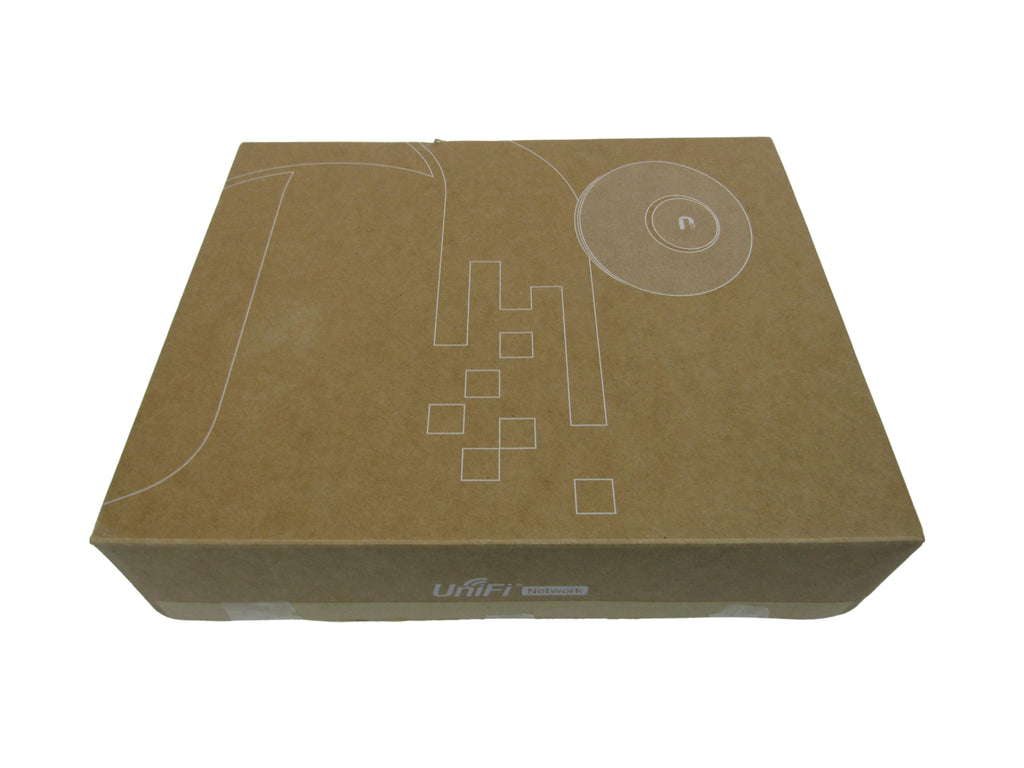Ubiquiti UAP-AC-LR-US UniFi Long Range WiFi Access Point

Description
Ubiquiti UAP-AC-LR-US UniFi Long Range WiFi Access Point
Save money and save time. Unlike traditional enterprise Wi-Fi systems that use a hardware controller, UniFi comes bundled with a non-dedicated software controller that can be deployed on an on-site PC, Mac, or Linux machine; in a private cloud; or using a public cloud service. UniFi® is the revolutionary Wi-Fi system that combines enterprise performance, unlimited scalability, and a central management controller.
Scalable Enterprise Wi-Fi Management
UniFi 802.11AC Dual Radio Access Points (APs) have a refined industrial design and can be easily installed using the included mounting hardware. Easily accessible through any standard web browser, the UniFi Controller software is a powerful software engine ideal for high-density client deployments requiring low latency and high uptime performance. Use the UniFi Controller software to quickly configure and administer an enterprise Wi-Fi network – no special training required. RF map and performance features, real-time status, automatic UAP device detection, and advanced security options are all seamlessly integrated.
Features
The UniFi 802.11AC Dual-Radio APs feature the latest in Wi-Fi 802.11AC MIMO technology. Configure and manage your APs with the easy-to-learn user interface. Unlimited scalability: build wireless networks as big or small as needed. Start with one (or upgrade to a three pack) and expand to thousands while maintaining a single unified management system.
PoE Switching
Power the UAP-AC-LR UniFi Long Range Access Point with a UniFi Switch (sold separately). Available in 24-port and 48 port versions with multiple power output options, the UniFi Switch conveniently offers auto sensing IEEE 802.3af PoE/802.3at PoE+ and configurable 24V passive PoE.
Ubiquiti®
Ubiquiti Networks® develops high-performance networking technology for service providers and enterprises. Their technology platforms focus on delivering highly advanced and easily deployable solutions that appeal to a global customer base in underserved and underpenetrated markets. Their differentiated business model has enabled them to break down traditional barriers such as high product and network deployment costs and offer solutions with disruptive price-performance characteristics. This differentiated business model, combined with their innovative proprietary technologies, has resulted in an attractive alternative to traditional high-touch, high-cost providers, allowing them to advance the market adoption of their platforms for ubiquitous connectivity.







